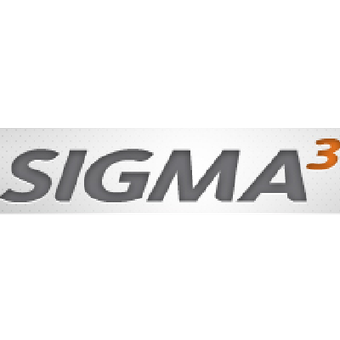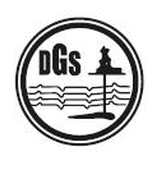November Luncheon - Joint DGGS
Event Details
This event is the joint geophysical-geological society luncheon hosted by the geophysical society. The venue is the Geotechnology Institute building at the Brookhaven College in Farmers Branch (see map).
The speaker this month is Brian Fuller from Sigma Cubed Inc.
Title:
“Permanent Borehole Geophones used to Improve Reservoir Management”
Three permanent downhole seismic receiver arrays, each with 48-50 geophone sondes, were installed in Denbury Resources’ Hastings Field located just south of Houston, TX. The purpose of installing the seismic receivers was to optimize cost and performance of time-lapse 3D VSP imaging projects in support of Debury’s CO2 injection and monitoring efforts in Hastings Field. Since July 2013, one baseline 3D VSP and three time-lapse 3D VSPs have been acquired and processed in conjunction with corresponding time-lapse surface seismic surveys.
Results of the time-lapse 3D VSP processing show a clear change in reservoir reflectivity with time indicating that CO2 is being distributed within the reservoir and that seismic methods can be used to track movement of CO2. The 3D VSP data also provides a higher resolution image of the target reservoir when compared to the associated surface 3D seismic surveys.
Permanent receiver installations have advantages in time-lapse seismic efforts. First, the receiver coupling remains stable over time, thus removing inconsistent coupling from time-lapse data processing uncertainty. Second, for this project the cost of permanently installing receivers was far more cost effective than repeatedly returning to the field site with traditional retrievable borehole geophones. Finally, permanent geophones can be used for continuous passive seismic monitoring in case either microseismic or seismic activity occurs in the field area.
Speaker: Brian Fuller, Ph.D.
Brian Fuller obtained a BS in Geophysics in 1980 from Western Washington University in Bellingham, Washington and then worked as an exploration geophysicist for Amoco Production Company in Denver until starting graduate school at the University of Wyoming in 1983. He obtained MS and PhD degrees from Wyoming in 1986 and 1989 respectively and was awarded the University of Wyoming Outstanding Dissertation for his work in seismic AVO and pattern recognition. He then worked for Advance Geophysical as a seismic software developer for the ProMAX system until 1997 and then moved into software and 3D VSP technology development with Paulsson Geophysical until 2001. In 2001 he began development of time-domain 3D VSP processing with his business partner, Marc Sterling. Fuller and Sterling then started HiPoint Reservoir Imaging which specialized in 3D VSP and microseismic data processing. The HiPoint Reservoir Imaging group then began working with the APEX Petroleum Engineering group and co-founded APEX-HiPoint. All three companies APEX, HiPoint, and APEX-HiPoint, are now part of the SigmaCubed family of companies where Fuller continues to work in borehole seismic technology development and data processing. Fuller has co-authored two SEG ‘Best Papers’, one for best paper presentation at the 2007 Annual Meeting and one in The Leading Edge in 2011.
Authors: Rich Van Dok, Brian Fuller, Larry Walter, Walter Kessinger, and Scott Taylor
All Employed at Sigma Cubed Inc.


